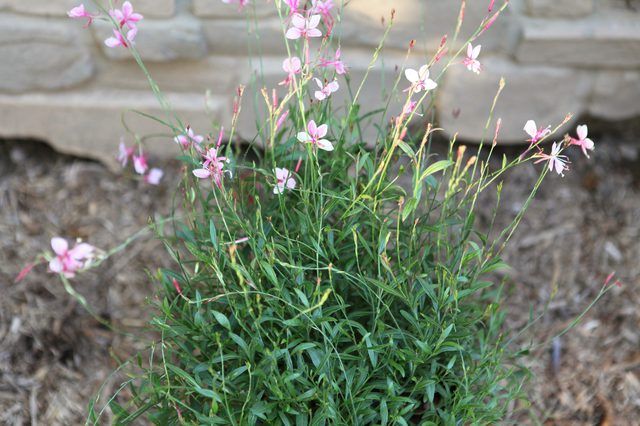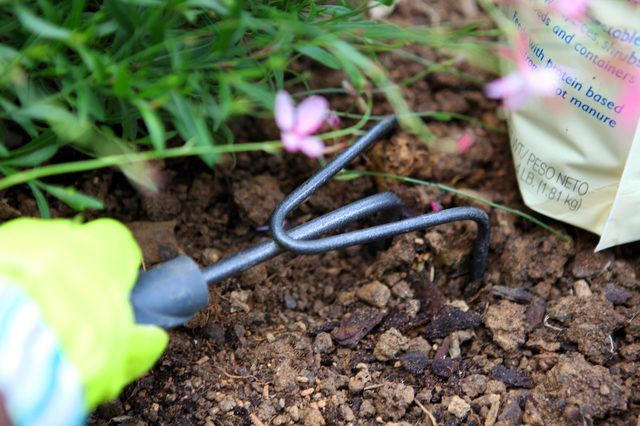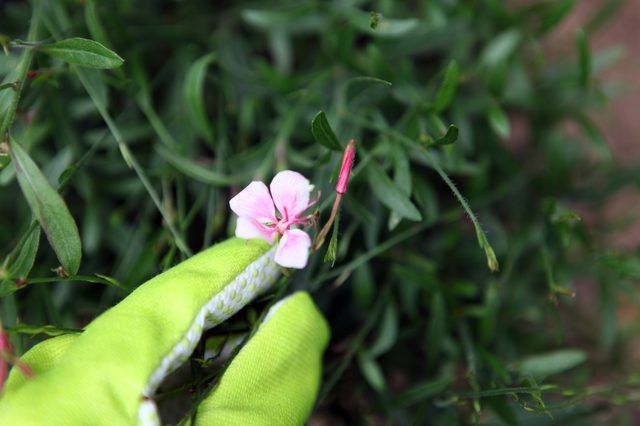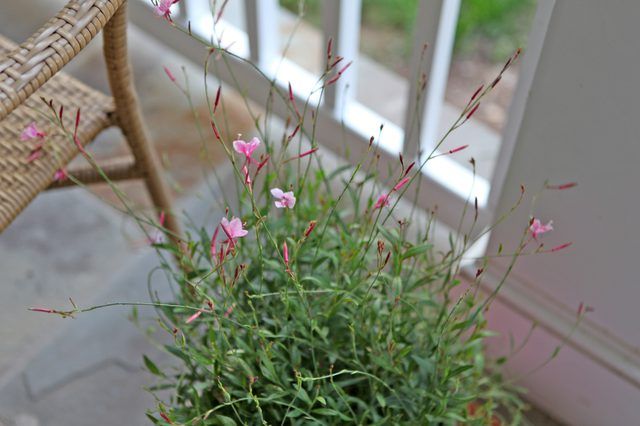Bulbs
Flower Basics
Flower Beds & Specialty Gardens
Flower Garden
Garden Furniture
Garden Gnomes
Garden Seeds
Garden Sheds
Garden Statues
Garden Tools & Supplies
Gardening Basics
Green & Organic
Groundcovers & Vines
Growing Annuals
Growing Basil
Growing Beans
Growing Berries
Growing Blueberries
Growing Cactus
Growing Corn
Growing Cotton
Growing Edibles
Growing Flowers
Growing Garlic
Growing Grapes
Growing Grass
Growing Herbs
Growing Jasmine
Growing Mint
Growing Mushrooms
Orchids
Growing Peanuts
Growing Perennials
Growing Plants
Growing Rosemary
Growing Roses
Growing Strawberries
Growing Sunflowers
Growing Thyme
Growing Tomatoes
Growing Tulips
Growing Vegetables
Herb Basics
Herb Garden
Indoor Growing
Landscaping Basics
Landscaping Patios
Landscaping Plants
Landscaping Shrubs
Landscaping Trees
Landscaping Walks & Pathways
Lawn Basics
Lawn Maintenance
Lawn Mowers
Lawn Ornaments
Lawn Planting
Lawn Tools
Outdoor Growing
Overall Landscape Planning
Pests, Weeds & Problems
Plant Basics
Rock Garden
Rose Garden
Shrubs
Soil
Specialty Gardens
Trees
Vegetable Garden
Yard Maintenance
How to Care for a Gaura Plant
How to Care for a Gaura Plant. Gaura (Gaura lindheimeri), which grows in U.S. Department of Agriculture plant hardiness zones 5 through 9, grows well in areas with hot summers. This plant is native to Texas and Louisiana and prefers to grow in drier, well-draining sites. A tall, showy perennial, it's also called bee blossom and butterfly gaura....
Gaura (Gaura lindheimeri), which grows in U.S. Department of Agriculture plant hardiness zones 5 through 9, grows well in areas with hot summers. This plant is native to Texas and Louisiana and prefers to grow in drier, well-draining sites. A tall, showy perennial, it's also called bee blossom and butterfly gaura. Gaura looks delicate but doesn't need much care, and it does not have problems with pests or diseases.

These hardy little perennials don't require much water; they're a boon for homeowners who live in hot climates and don't have a lot of time on their hands. While gaura is relatively drought-tolerant, it does require regular watering during its first growing season. The first growing season is when gaura develops its long, thick tap root that penetrates deep into the ground, much like a carrot root. Give the plant an inch or so of water every three days during the first season; after that, only water during extended dry periods. (ref 1, culture; ref 2, Use and Management; ref 3, final paragraph)

Gaura is a native to the U.S. and, as such, tends to be a hardy perennial throughout its native range without the use of fertilizer. However, if you're planting it outside of its native range, you can apply a general, slow-release fertilizer throughout the first growing year. Scatter 1/2-cup of organic, granular, slow-release fertilizer around the gaura and lightly scratch it into the surface of the soil. Water thoroughly. Apply monthly through the first season. Always double-check labels for specific instructions as some fertilizers vary. (See ref 4, Care)

Gaura is known for its tall, slender, flower-covered stalks. Some varieties of this species are known to get leggy, meaning their tall stalks may begin to droop and grow every which way. If desired, cut taller varieties back by half in late spring or early summer to help control their size and legginess. Legginess and flopping also occur when the soil is too moist or too enriched. While dead-heading isn't necessary, removing spent blooms will encourage more flower development on the plant. (Ref 1, Culture; ref 3, final paragraph; ref 4, Care)

Gaura doesn't take well to transplanting once it has been established. These plants develop long, thick tap roots that are difficult to move. During the first year, keep an eye on the soil's moisture level and your plant's overall health. Gaura does best in sandy or loamy soil that is well-drained; it can't handle moist, overly fertile soil. If you do decide your gaura plant needs transplanted into a different site, do so in mid- to late-spring or summer during its growing season. Ensure you dig out the entire tap root and support system. If you live in USDA zones 5 or 6, mulch over your gaura plants to protect them during the winter. Gaura sometimes has a hard time coming back in these zones and is often considered an annual; mulching can help ensure they return. (See ref 2, Use and Management; ref 3, final paragraph)
